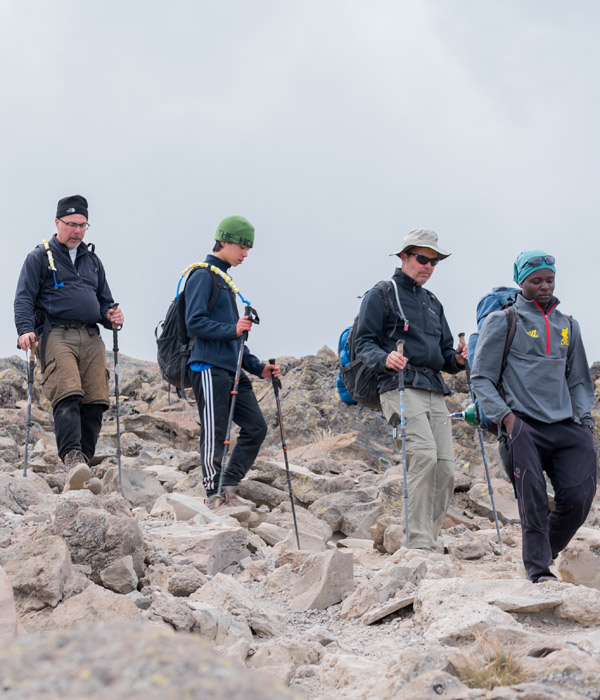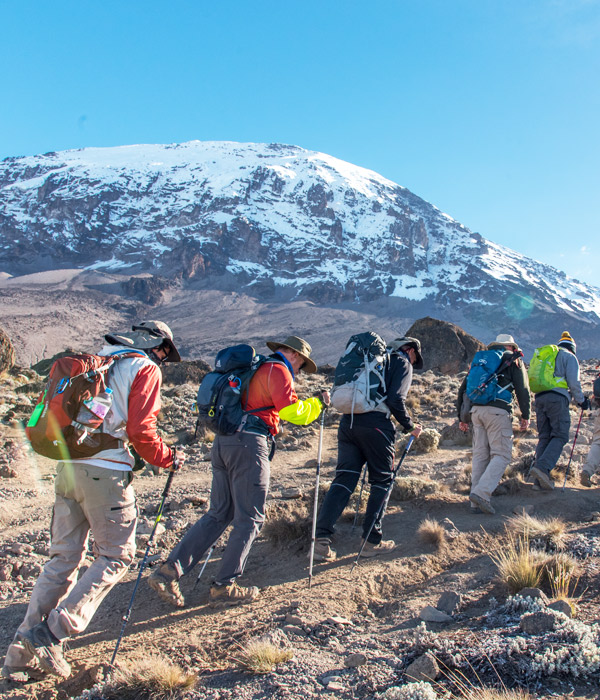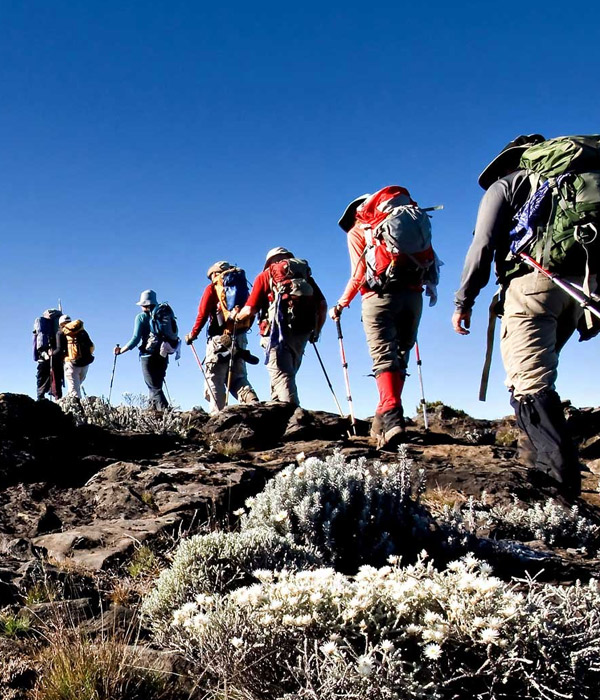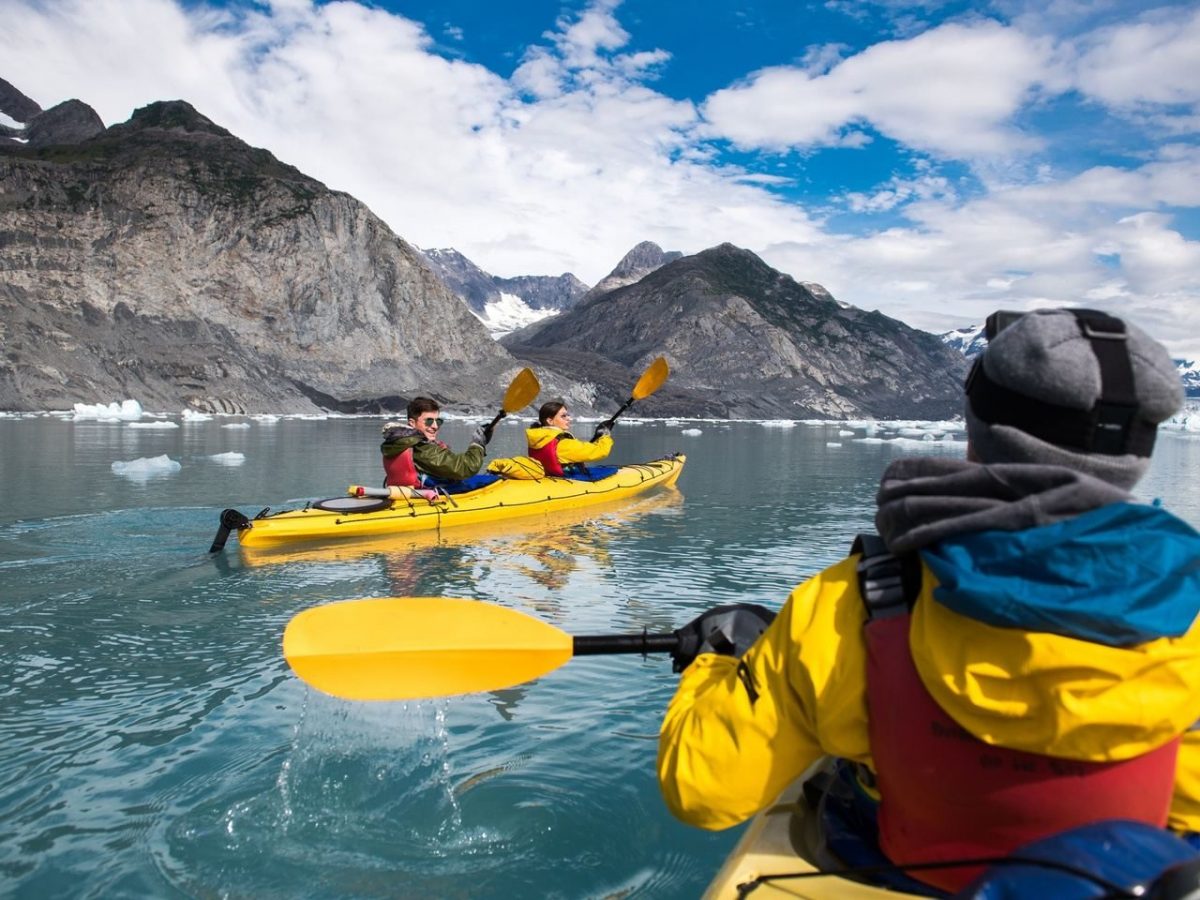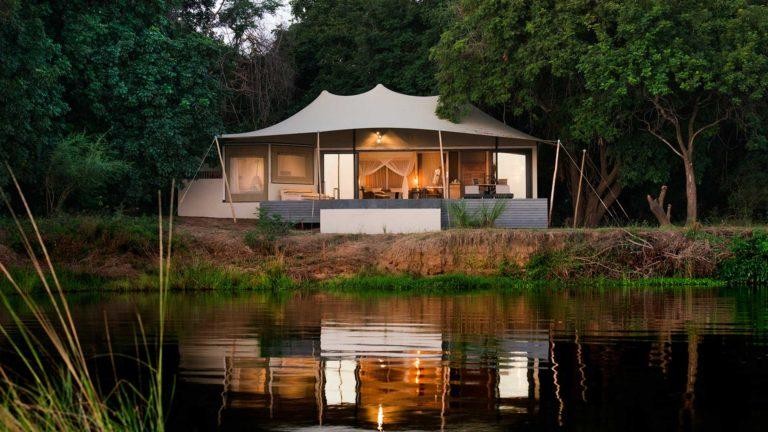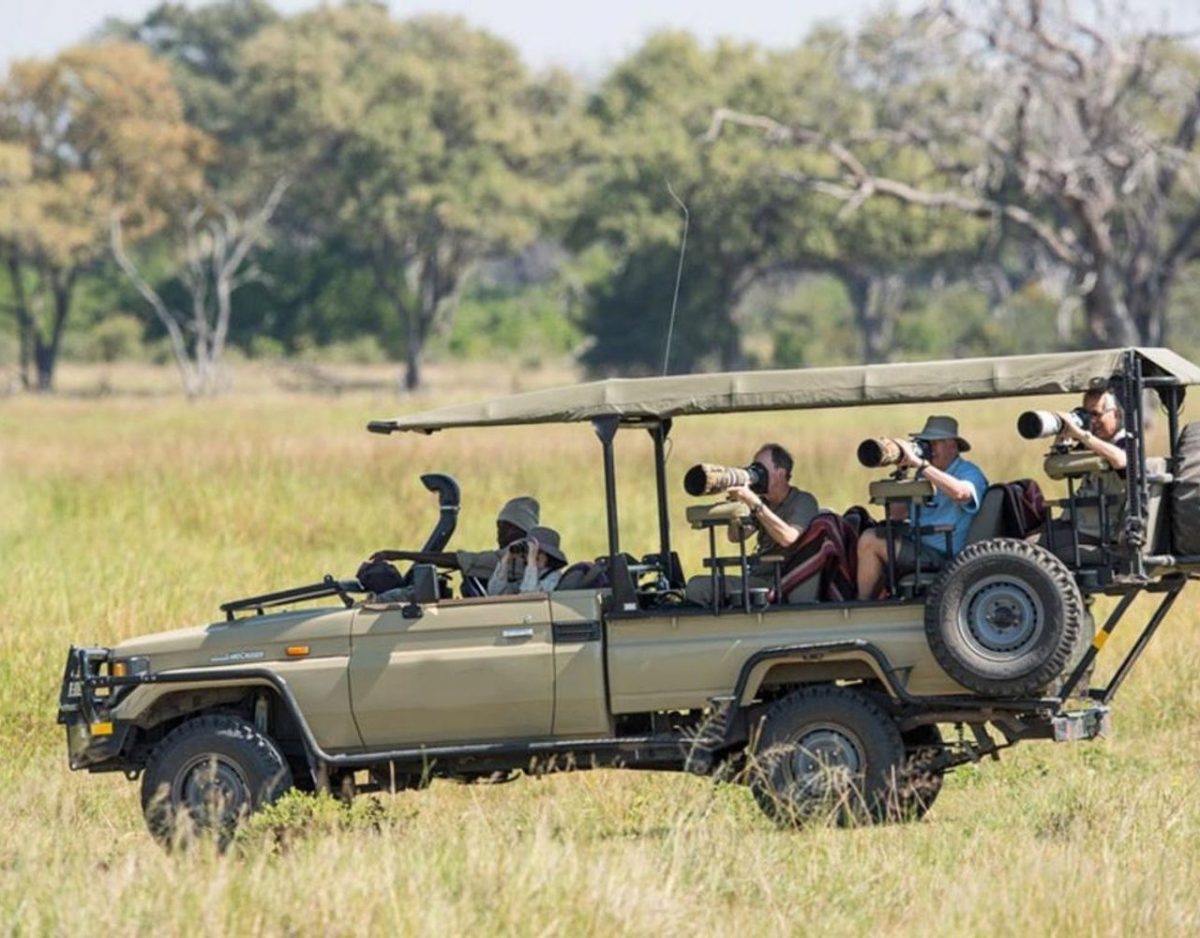Is it Safe to Climb Kilimanjaro? A Comprehensive Guide
We are aware that there are a lot of Kilimanjaro guide service options available to you. However, your safety should come first when choosing an operator over all other factors. Watch out for businesses that downplay the risks associated with high-altitude trekking. Instead of assisting you in making an informed choice, they are more concerned with selling you a vacation.
This article looks at the risks involved in climbing Kilimanjaro and what may be done to reduce them.
- Safety Precautions
- Acute Mountain Sickness (AMS)
- Daily Health Checks
- Diamox – Altitude Medication
- Kilimanjaro Rescue
1. Safety Precautions:-
Trekking in high elevations carries inherent risk. It’s just the nature of being on a mountain that is so large and big, like Kilimanjaro, and being so distant from a hospital. On the mountain, deaths can happen and do.
You are practically giving us the key to your life when you decide to climb with us. We are well aware of this fact. We are highly concerned about your health and safety.
We have a complete safety system designed in collaboration with professional mountaineers, western medical professionals, and altitude experts. Our tour leaders are certified Wilderness First Responders (WFR), which means they have received special training to handle emergencies in outlying areas.
We perform daily health checks to track heart rates and oxygen saturation levels. On every ascent, we have bottled oxygen with us. And a whole lot more.
2. Acute Mountain Sickness (AMS) on Kilimanjaro:-
Anyone who travels to a high altitude is susceptible to ailments caused by the altitude. Acute Mountain Sickness (AMS), sometimes referred to as altitude sickness, is the most prevalent disease. Ascending to a high height too quickly without giving the body the time to acclimatize, or adjust to decreasing oxygen levels, is the leading cause of AMS.
Most climbers of Kilimanjaro will encounter one or more altitude sickness symptoms at some time during their ascent. The following are signs of mild AMS:
- Headache
- Nausea and dizziness
- Reduced appetite
- Fatigue
- Breathlessness
- Disturbed sleep
- Overall unwell feeling
Generally, it is acceptable for that person to keep climbing for as long as.
3. Daily Health Checks:-
The daily health check serves as the foundation of our program for health and safety.
The rate of your heart & level of oxygen is measured and recorded by our guides daily. Oxygen levels in the blood are measured with a laser beam using an instrument called a pulse oximeter. How successfully a person is acclimatizing can be determined by monitoring their oxygen saturation and pulse over time.
Additionally, our experts will question you based on a form called the LLSS (Lake Louise Scoring System). LLSS was developed to assess how much AMS a person may or may not have.
4. Diamox – Altitude Medication:-
A prescription medication called Diamox is used to both prevent and treat altitude sickness. It is the typical medication used for AMS prevention. It functions by speeding up breathing, which enhances oxygenation.
It’s a common misperception that Diamox conceals AMS symptoms. Diamox does not conceal AMS symptoms. The FDA permits it for need in AMS diagnosis, treatment, & prevention.
5. Kilimanjaro Rescue:-
We mountain guides are prepared to act quickly in an emergency. Due to our defined protocols, there is no doubt about the best way to tackle a problem. Our guides can get you to safety whether you have a sprained ankle, cold, tiredness, or altitude sickness.
Anywhere in the park is an excellent place to organize a rescue. On every ascent, our workers bring bottled oxygen up the mountain. Along with a swift fall, oxygen can use to treat AMS. We can also start a helicopter evacuation through a third-party provider.
Safety Recap – Kilimanjaro
- Kilimanjaro’s high elevation makes climbing it inherently risky.
- AMS(Acute mountain sickness) is typical in Kilimanjaro.
- A prescription medication called Diamox is helpful for both treating and preventing AMS.
- In addition to performing twice-daily health checks, carrying bottled oxygen, and establishing rescue procedures, our practices are comprehensive, helpful, and successful safety protocols.
- The majority of Kilimanjaro climbers lack effective safety measures and emergency preparedness.

Best Route To Climb Kilimanjaro
Kilimanjaro is a challenging mountain with many different routes to choose from. But, with Good Earth
Expedition, your difficult route can be easy and enjoyable!
Best Place Destinations
We provide some very affordable prices compared to others.


